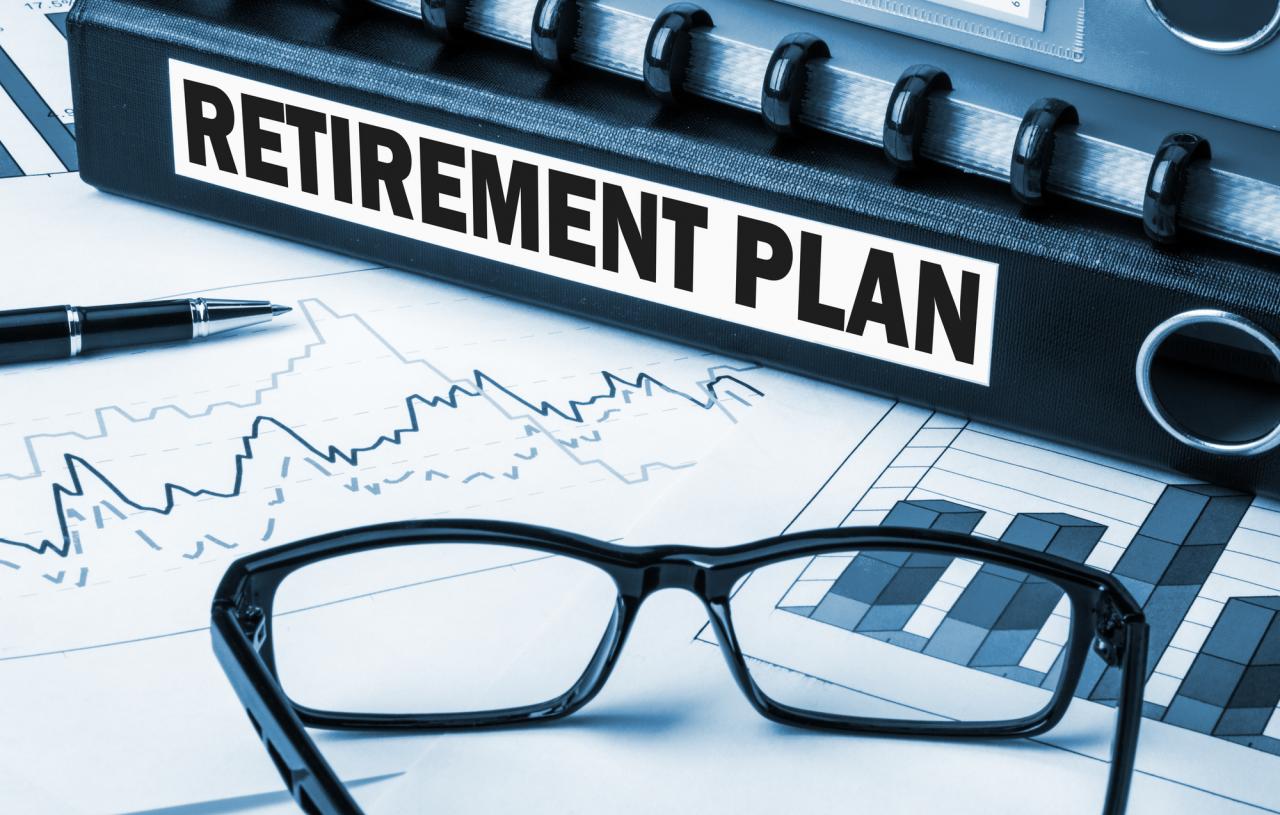Secure Your Retirement Fund to Avoid Economic Uncertainty

The concept of a comfortable and secure retirement is a universal dream. It’s the promise of a life where you are free from the daily grind, with the financial security to pursue your passions, travel the world, and enjoy time with your loved ones. However, in an era of economic uncertainty, rising healthcare costs, and the potential for a longer lifespan, securing a robust retirement fund is more critical and complex than ever before. It’s a journey that requires discipline, strategic planning, and a fundamental understanding of how to make your money work for you over the long term. This extensive guide is designed to demystify the process, providing a comprehensive roadmap for beginners and seasoned investors alike. We will explore the essential steps to building a strong retirement foundation, the diverse investment vehicles available, and the crucial strategies to protect your savings from market volatility and inflation.
Your Retirement Blueprint

Before you can start investing, it’s crucial to lay a solid financial groundwork. A strong foundation is the bedrock of any successful long-term retirement plan.
A. Pay Off High-Interest Debt
High-interest debt, such as credit card balances or personal loans, is the single greatest obstacle to building wealth. The interest you pay on this debt often far exceeds any potential returns you could earn from a stock or bond. Before you even think about investing for retirement, prioritize paying off this debt. Think of it as a guaranteed, risk-free return on your money; paying off a credit card with a 20% interest rate is a far better investment than anything you will find on the stock market.
B. Create an Emergency Fund
Life is unpredictable. Unexpected expenses, such as a medical emergency or a job loss, can arise at any time. An emergency fund is a liquid savings account with enough money to cover three to six months of essential living expenses. This fund serves as a crucial financial safety net, preventing you from having to sell off your retirement investments at a loss during a market downturn to cover an unforeseen cost.
C. Establish a Retirement Budget
Investing for retirement requires a consistent surplus of income. A budget is the most powerful tool for creating this surplus. A modern budget isn’t about restriction; it’s about intention. Use a method like the zero-based budget or the 50/30/20 rule to gain a clear picture of your cash flow and identify areas where you can save and invest more. A well-defined budget gives your money purpose and ensures you are consistently working toward your long-term goals.
The Power of Compounding
The single most powerful force in the financial universe is compounding. It’s the process of earning returns not only on your initial investment but also on the accumulated returns from previous periods. This is what allows your money to grow exponentially over time. Albert Einstein famously called it the “eighth wonder of the world.” For any investor, particularly a young one with a long time horizon, starting early is the key to unlocking this incredible power. Even a small amount of money invested consistently over a long period can grow into a substantial sum, far exceeding what you could achieve through active saving alone.
Essential Retirement Accounts and Strategies
The world of retirement investing offers a wide spectrum of specialized accounts, each with its own unique benefits. A smart strategy involves understanding these options and choosing the ones that are right for you.
- A. Employer-Sponsored Plans (401(k) / 403(b)):These are the most common retirement accounts. If your employer offers a match, you should contribute at least enough to get the full match. This is essentially free money and is a guaranteed return on your investment. Contributions are typically pre-tax, which can lower your taxable income.
- B. Individual Retirement Arrangements (IRAs):An IRA is a retirement account that you can open and manage on your own. You can choose between a Traditional IRA (pre-tax contributions, taxable withdrawals in retirement) and a Roth IRA (after-tax contributions, tax-free withdrawals in retirement). The Roth IRA is particularly powerful for young investors who expect to be in a higher tax bracket in the future.
- C. The Power of Diversification:This is the golden rule of investing. Don’t put all your eggs in one basket. By spreading your investments across different asset classes (stocks, bonds, real estate, etc.) and different sectors, you protect yourself from a significant loss if one specific investment performs poorly. This is why low-cost Exchange-Traded Funds (ETFs) and Mutual Funds are such powerful vehicles for retirement investing, as they provide instant diversification.
- D. The Long-Term Perspective:The stock market is a marathon, not a sprint. Short-term market fluctuations are inevitable. Trying to time the market is a fool’s errand. The most successful investors are those who remain disciplined, stay invested for the long term, and do not panic during market downturns. A long-term perspective allows you to weather the ups and downs and benefit from the market’s historical upward trend.
- E. Asset Allocation and Rebalancing:As you get closer to retirement, your investment strategy should shift from aggressive growth to capital preservation. This is a process known as asset allocation. A younger investor with a long time horizon can afford to have a portfolio that is heavily weighted in stocks. As they age, they should gradually shift more of their portfolio into more conservative assets like bonds and cash. This process of rebalancing ensures that your risk level always aligns with your financial goals.
Protecting Your Fund from Market Threats
Securing your retirement fund isn’t just about investing; it’s about protecting your savings from a variety of threats that can erode your wealth over time.
- A. The Threat of Inflation:Inflation is the silent wealth killer. It’s the rate at which the general level of prices for goods and services is rising, and as a result, the purchasing power of your money is falling. By investing your money and earning a return that is higher than the rate of inflation, you ensure that your savings will retain their value over time.
- B. The Risk of Market Volatility:Market downturns are a natural part of the economic cycle. For a long-term investor, a market downturn is not a time to panic; it is an opportunity to buy assets at a lower price. By sticking to a disciplined strategy of dollar-cost averaging, you will automatically buy more shares when prices are low and fewer shares when prices are high, which can significantly improve your long-term returns.
- C. The Challenge of Longevity:People are living longer, healthier lives. This is a great thing, but it means your retirement fund needs to last longer. To address this, you may need to save more than you originally planned, or consider delaying your retirement by a few years. It’s a proactive approach to a positive development.
- D. The Importance of a Side Hustle:Your day job is not your only source of income. A side hustle can provide an extra stream of money that can be entirely allocated to your retirement fund, accelerating your wealth-building journey and providing a financial buffer against economic uncertainty.
The Role of Professional Advice

While this article provides a comprehensive guide, a certified financial advisor can provide a personalized roadmap based on your specific financial situation. They can help you:
- Develop a Holistic Plan: A financial advisor can help you create a comprehensive plan that includes budgeting, debt management, and a personalized investment strategy.
- Navigate Complexities: They can help you understand the intricacies of taxes, estate planning, and a variety of complex investment vehicles.
- Provide Accountability: A financial advisor can help you stay on track with your goals and provide a sense of accountability, which can be a powerful motivator.
- Manage Emotional Decisions: In times of market volatility, a financial advisor can provide a rational voice, helping you avoid emotional decisions that can be costly in the long run.
Conclusion
Securing a comfortable and prosperous retirement is not an act of luck; it is the culmination of a series of smart, disciplined, and intentional choices made over a lifetime. The journey begins not with a large sum of money, but with a simple decision to take control of your financial destiny. By first building a strong financial foundation—with a zero-based budget, a robust emergency fund, and a commitment to paying off high-interest debt—you create the security and stability needed to take on more calculated risks. From there, the power lies in automation, consistency, and a long-term perspective. The key is to embrace the extraordinary force of compounding, a force that works tirelessly to multiply your wealth over time.
The avenues for building a prosperous future are more diverse and accessible than ever before. From the time-tested reliability of stocks and bonds to the powerful potential of retirement accounts and a side hustle, there is a path for every individual. The magic of investing is that it allows your money to work for you, generating more money while you sleep, travel, or spend time with loved ones. This journey is not about making sacrifices; it’s about making smarter, more intentional choices. It’s a fundamental shift in mindset, from a consumer to an investor, from living for the immediate paycheck to building a life of long-term financial freedom. The road to financial independence is a long one, but with a clear plan, unwavering discipline, and the power of compounding on your side, you have everything you need to build a life of prosperity and security. The time to start is now, and your future self will thank you for it.








